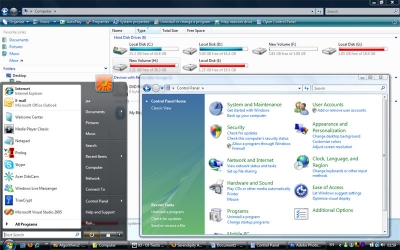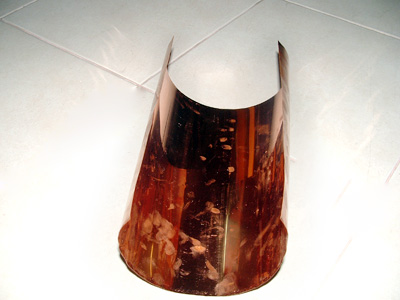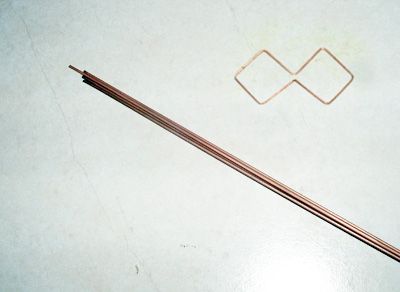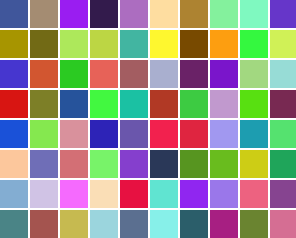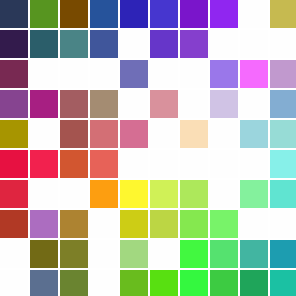Wednesday, March 7. 2007
Maldives on Windows Vista!
Most people who use Windows XP can remember the particular set of pictures that comes bundled with the default install - we see it everytime we open the My Pictures folder. Windows Vista comes with a larger number of photos, some for use as Desktop Wallpapers and some just categorized as Sample pictures. I was setting my desktop wallpaper today when I noticed something I hadn't noticed before - an eerily familiar looking picture. A quick look at the photo's properties revealed why it had set off bells in my head - there it was in the photo title: "A dock at sunset on White Sands Island in the Maldives". It was a picture from the Maldives! Specifically, it was a picture from the White Sands Resort, which I had just been to last year.
As a Maldivian, I think we'd all feel warm and fuzzy seeing this picture distributed with Vista and maybe used as a desktop on Microsoft's new desktop range.

A dock at sunset on White Sands Island in the Maldives - Photographer: Angelo Cavalli.
As a Maldivian, I think we'd all feel warm and fuzzy seeing this picture distributed with Vista and maybe used as a desktop on Microsoft's new desktop range.

A dock at sunset on White Sands Island in the Maldives - Photographer: Angelo Cavalli.


